BUDDHISM VS BHAGAVAD GITA

WHICH CAME FIRST THE CHICKEN OR THE EGG? Comparing Buddhism to Bhagavad Gita is somewhat overlapping in history, however the general consensus is Buddhism is the oldest with many similarities to live a good life and to achieve enlightenment or salvation.
Buddhism is one of the world's largest religions and originated 2,500 years ago in India. Buddhists believe that the human life is one of suffering, and that meditation, spiritual and physical labor, and good behavior are the ways to achieve enlightenment, or nirvana. Simplicity of Buddhist teaching is do good to others and avoiding negative deeds. That is the teaching of Buddha.
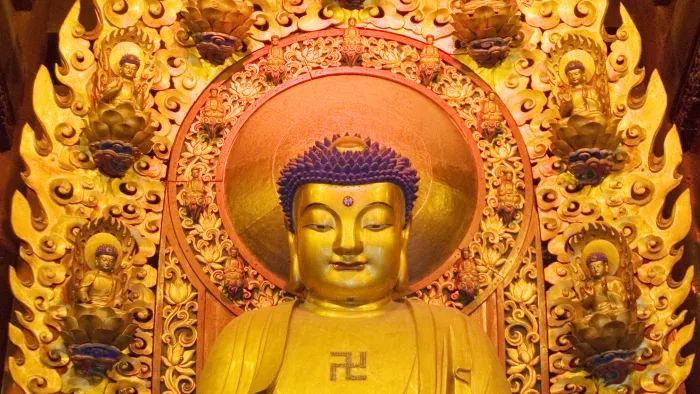
Bhagavad Gita is often known as “geet” or song of the Divine, sung by Lord Krishna. The essence of Bhagavad Gita comes to us when we start recognizing it humbly, paying obeisance's to it and have direct liaison with it. Bhagavad Gita is a bible from India for every human being to accomplish salvation.
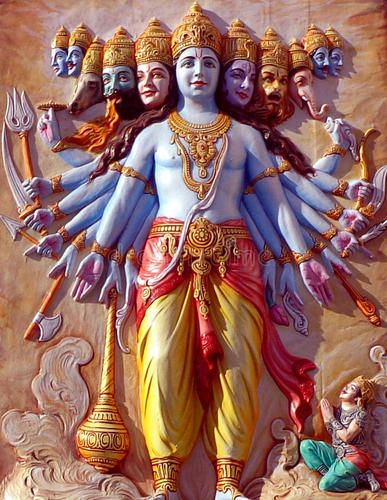
Now that we have a beginning comparison we shall highlight the similarities and differences of the two religions: The main difference is in the framework of philosophy. "God " and "Atman (Self)" are the center of Bhagavad Gita whereas "Non-self " and "Four Noble Truths" are the center of Buddhism.
Early Buddhism and the Bhagavad Gītā have a wide array similarities and differences. Both Buddhism and the Gita deal with an inner struggle. We see Arjuna dealing with the struggle of whether or not he should murder his family in order to obtain a kingdom. In Buddhism, we see the inner struggle as the quest to find nirvana and the pain that is the very act of living. Although there are some similarities, the differences between Buddhism and the Gita are clear.
One of the biggest digressions between the two is how one deals with the notion of atman and how one must live their life in order to reach the ultimate goal of nirvana or moksha. One of the most important divergences between Buddhism and the Gita is how dharma is interpreted. In the Bhagavad Gītā Krishna is able to shed some light on the significance of dharma. On the subject of dharma Krishna says: “It is better to strive in one’s own dharma than to succeed in the dharma of another.
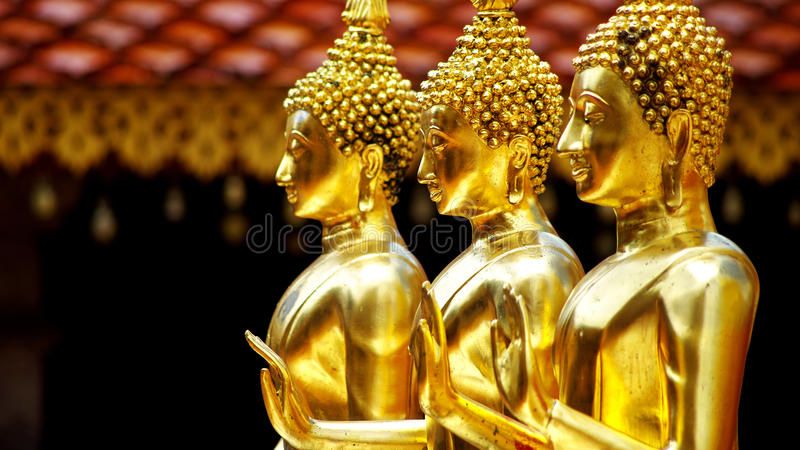
Fundamental differences between the Bhagavad Gita and Buddhism teaches that life is suffering, caused by cravings, which can be eliminated or removed through the eightfold path of wisdom, morality, and understanding. The general attitude of Buddhism is to not cling, to hold neither eternalist nor annihilationist view, and to essentially drop like a pebble through the waters of life, until the bottom, nirvana, is reached. Nirvana is the destruction of rebirth and defilements, a holy and enlightened state that can be reached in this life, and at death.
Comparatively, the Bhagavad Gita is about a crucial moment in life, a battle, where the warrior Arjuna feels defeated and unmotivated to fight because his enemies are his family, so either way he feels he will lose, either he will die or he must kill his family. Krishna, the personification of the Godhead, tells Arjuna that he speaks sincerely but his words have no cause, as the Self is eternal, incapable of slaying or being slain, indeed Krishna tells Arjuna that all these warriors are already dead, for they are all subject to the laws of time, whereas the Self is eternal and free from this delusion.
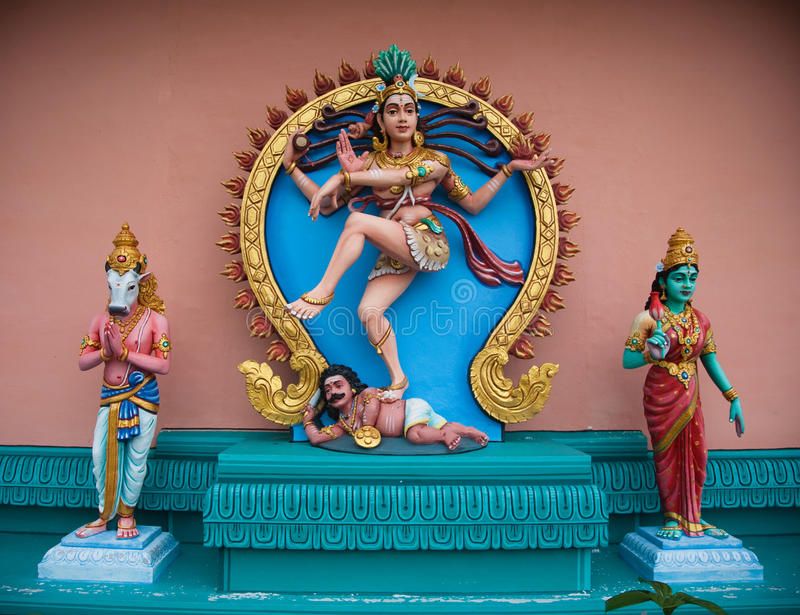
Krishna tells Arjuna to fight, either win and conquer the earth, or lose and attain heaven, but either way one must not hesitate to fight. Indecision is caused by selfish desires, which Krishna stresses are hidden within. By performing service for the world, one can act with the benefit of all creatures, thereby imitating the divine act. Krishna diverts from the battlefield to discuss yoga with Arjuna, which he calls perfect stillness of mind, complete absorption with the Self.
Ultimately the battle is an inner battle, in which the external enemies are far less dangerous than the hidden enemies within the mind. So you can see how both Buddhism and Hinduism share a view of the world as like an illusion or lower state of consciousness, the main difference being Buddhism teaches withdrawal from life in meditation, whereas the Bhagavad Gita stresses the need for constant action, even fighting, to promote the wellness of the world.
He who shirks from action is deluded by the laws of nature and thinks they are the doer. By succumbing to the three levels of personality, high (sattvic), middle (rajasic), and low (tamas), one forgets that the Self is all. This stands in contrast to Buddhism which views the all as aggregates, impermanent and subject to suffering. In Buddhism, everything is suffering, according to the Bhagavad Gita, everything is the beauty of the creator. In Buddhism, enlightenment is a state much like death, freedom from both suffering and joy, whereas with the Gita heaven is attainable on earth through one pointed meditation. Absorption with the Godhead is better than even heaven, better than the accumulation of all earthly desires, because it is unity with that which is eternally real.

There are many similarities between the two. Both state that cravings are the cause of pain, but the Gita states that selfish cravings are the enemy of the Self, but right cravings bring about joy. Both teach a path of righteousness, meditation, morality, and compassion. Buddhism is about discovering the truth by one's own means, the Gita says to discover truth by your own dharma and no one else's, and that the knowledge of the supreme is the highest
"From a clear knowledge of the Bhagavad-Gita all the goals of human existence become fulfilled. Bhagavad-Gita is the manifest quintessence of all the teachings of the Vedic scriptures."
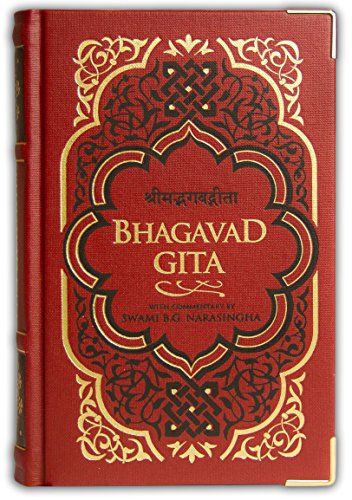
The Bhagavad Gita is entirely representational and highly symbolic. There is no real battlefield or fight to be won; the entire text is a representation of the battle that goes on in our mind. Is Einstein inspired by Bhagavad Gita? The Bhagavad Gita, among all, is studied, analyzed and interpreted the most. Earth, water, fire, air, ether, mind, intellect, and ego—all together these eight constitute My separated material energies. Almost the same theory was announced by Dr Albert Einstein- centuries after the Bhagavad-Gita was recited. What did Einstein say about Bhagavad Gita? Bhagavad Gita says, “this world is an illusion” , Einstein said, “that illusion is a function of light" and gave the theory of relativity which in Bhagavad Gita is called as “Vidhi ka vidhan" (system of the basic principle).
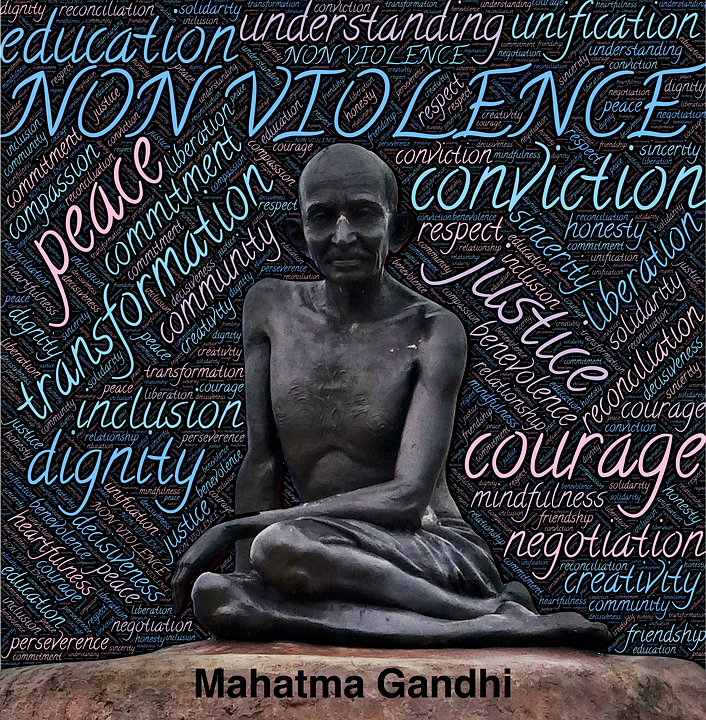
Great followers of Bhagavad Gita are: Mahatma Gandhi, Albert Einstein, Henry David Thoreau, Aldous Huxley, Ralph Waldo Emerson, Herman Hesse, Carl Jung and many artists and musicians. Hitler was a great student of Bhagavad-Gita. And there were many scholars still reading Bhagavad-Gita, trying to understand what best depth of knowledge is made by Kṛiṣhṇa. So in knowledge, in wealth, in strength, in beauty, and in everything.
What is the Buddhist symbol for peace? The swastika was always a symbol of peace before the Nazi Party got ahold of it and turned it into their symbol. In the WEST the swastika represents Hitler ideologies, racisms and evil. And in the EAST it represents peace. In Buddhism, it's representative of the footprints of the Buddha. It is an aniconic symbol for the Buddha in many parts of Asia and a homologous with the dhamma wheel.
THINGS YOU MAY NOT KNOW: “When I read the Bhagavad-Gita and reflect about how God created this Universe everything else seems so superfluous.” ALBERT EINSTEIN
THINGS YOU MAY WANT TO SAVE: Copy of Bhagavad-Gita reference bible on how to live your life.
ZENTRAVELER SAYS: You are what you read...be selective or you will end up a dweeb.
From here to Infinity is a relatively short ride! The next leg takes eons and eons as you fly through the Barycentric Dynamical Time Zone! …and on and on and on. Follow the Zentraveler Newsletter often for Travel, Health and Zen-like stories and such. Where else can you get a THREE IN ONE BLOGFOR THE PRICE OF FREE.

ZENTRAVELER IS A PERSONAL NEWSLETTER, DESIGNED TO GIVE TRAVEL, HEALTH, WRITING AND HUMOR INCLUDING HELPFUL HINTS WITH A ZEN LIKE QUALITY.

